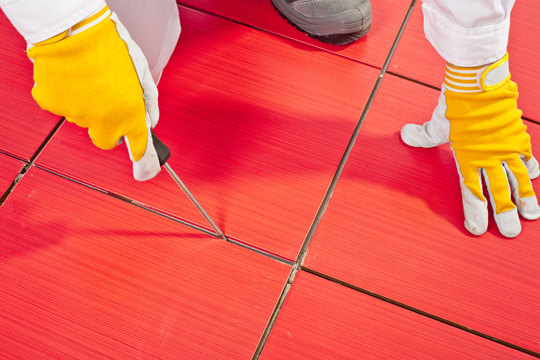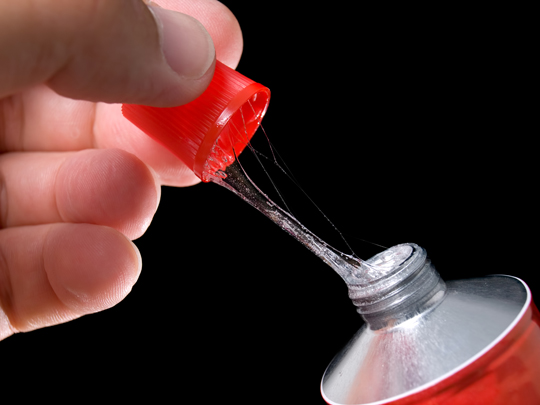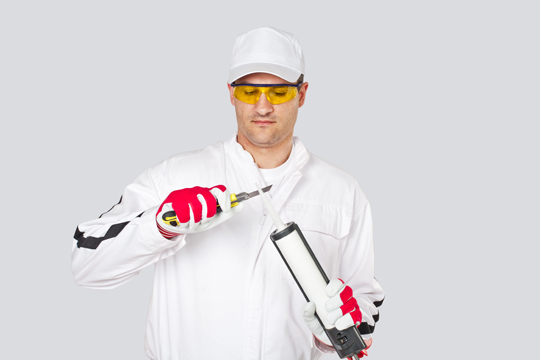People use adhesives and glues to bind all sorts of things. From common maintenance tasks around the house to industrial application, you can find chemical adhesives everywhere. The trouble is that most adhesive removers contain toxic chemicals, such as solvents or epoxies. When using them, you can inhale harmful vapors or the chemicals might come in contact with your skin, which is bad for your health.
If you are trying to adopt a greener, more eco-friendly lifestyle, you could try to replace your usual adhesive remover, which is most likely one based on chemicals, with a non-chemical adhesive remover. For instance, in home improvement jobs, such as tile or paint removal, you need to remove the adhesive or sealant that keeps the tiles or the paint fixed. To do that, people generally use strong, but harmful chemical adhesives. Instead, you could try using a non-chemical adhesive remover.
What are non-chemical adhesive removers used for?
You can use them to remove chemical adhesives from surfaces, such as:
– walls
– tiles
– flooring
Besides construction work, non-chemical adhesive removers can be used in product disassembly. Instead of employing dangerous chemicals to separate the parts of an item, you could use an effective non-chemical remover to achieve the same purpose.
What are the advantages and disadvantages of non-chemical adhesive removers?
Let’s look at the bright side first.
Advantages
Non-chemical adhesive removers:
– Don’t put your health in danger.
– Aren’t toxic and don’t have an unpleasant smell.
– Protect the environment.
– Are safer to use around children.
– Are easy to apply.
Now, let’s see the other side of the coin.
Disadvantages
Non-chemical adhesive removers:
– Are less effective for some materials, such as metal, for instance.
– Are not as strong as regular glue and sealant removers.
– Are less versatile than their chemical counterparts.
Need a Helping Hand for Your Projects?
A handyman can considerably ease your task in maintenance and home improvement projects. TalkLocal is here to assist you in finding the right professional to get the job done.







